As a bioinformatician, I am constantly seeking ways to enhance my skills and stay at the forefront of scientific progress. Lately, the incorporation of artificial intelligence (AI) in bioinformatics has been generating considerable interest.
It’s like giving our analysis superpowers, revolutionizing the way we interpret biological data. With AI tools, we can compare cell characteristics faster and more quantitatively, accelerate analysis through adaptive learning, and even uncover hidden patterns.
In this article, I’ll dive into the world of AI-based tools for image analysis, explore the skills needed to bridge the gap between bioinformatics and AI, and discuss the challenges and considerations in adopting AI.
Get ready to supercharge your bioinformatics skills with AI.

Key Takeaways
- AI tools in bioinformatics enable faster and more quantitative comparison of cell characteristics.
- AI-based tools for image analysis, such as CellProfiler, ilastik, QuPath, and CDeep3M, automate image analyses and run machine-learning algorithms.
- Bioinformaticians interested in AI should focus on coding skills, particularly Python, and invest in mathematics and statistics abilities.
- Online tutorials, courses, and live training opportunities provide accessible learning options for acquiring AI skills in bioinformatics.
Benefits of AI in Bioinformatics
AI tools in bioinformatics offer numerous benefits to researchers. They provide a faster and more quantitative way to compare cell characteristics. These applications of AI in bioinformatics have the potential to revolutionize the field and pave the way for future advancements.
By utilizing AI, researchers can accelerate the analysis process through adaptive learning tailored to their specific needs. AI tools can also detect differences or modes of comparison that users may not have considered, expanding the scope of research possibilities.
Additionally, AI allows researchers to reason with biological images in high dimensions, transforming complex images into straightforward mathematics problems.
With the continuous development of AI technology, the future advancements in AI for bioinformatics hold great promise. They open up new avenues for exploration and discovery in the field.
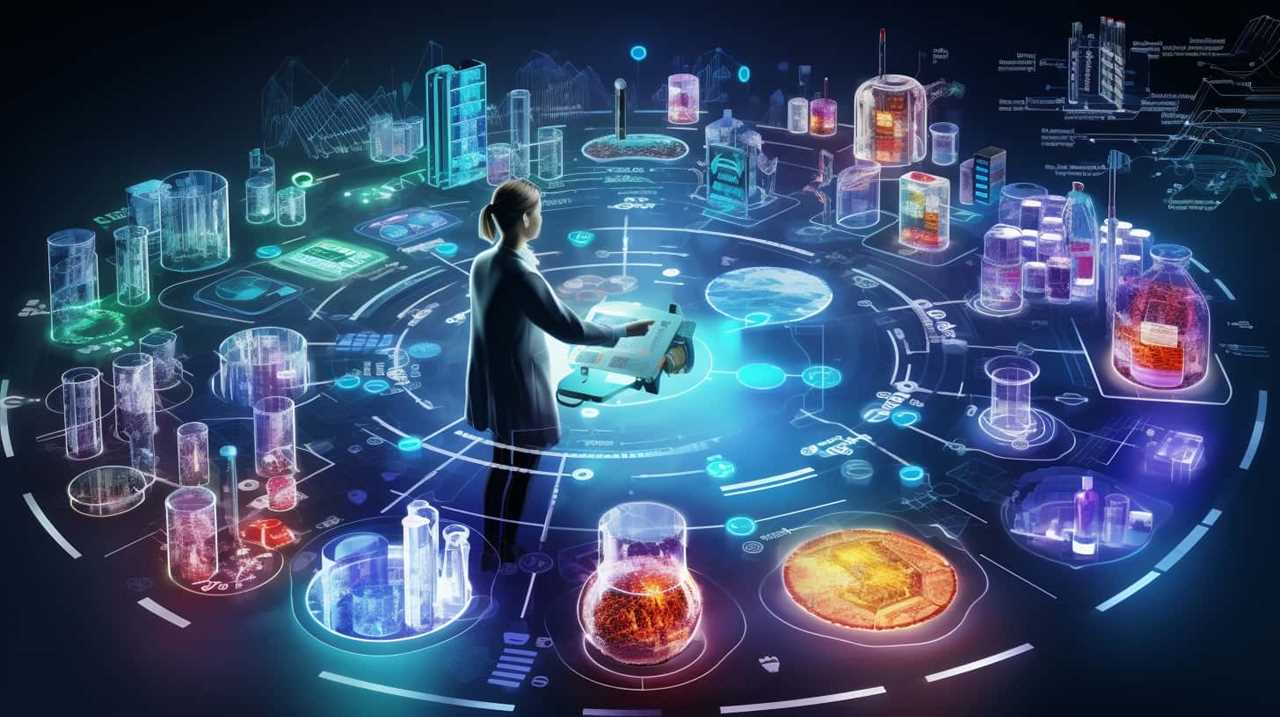
Ai-Based Tools for Image Analysis
To delve into the realm of AI-based tools for image analysis, let me highlight some powerful resources that can enhance bioinformatics skills:
- CellProfiler: This tool automates image analyses and runs machine-learning algorithms, making it easier to analyze biological images.
- ilastik: With its user-friendly interface, ilastik allows for easy and efficient image analysis, particularly in the field of biomedical research.
- QuPath: QuPath is a versatile tool that enables users to analyze and annotate digital pathology images, making it ideal for studying tissue samples.
- CDeep3M: This tool utilizes deep learning applications to analyze and interpret complex biological images, enabling researchers to delve into high-dimensional data.
These AI-based tools provide researchers with the ability to analyze images in a more quantitative and efficient manner, making them essential resources for bioinformatics professionals.
Building Skills to Bridge the Gap
I focused on coding skills, particularly Python, to build a bridge between bioinformatics and AI. Coding skills are essential for bioinformaticians interested in incorporating AI into their work.
Python is a widely used programming language in bioinformatics due to its versatility and extensive libraries for data manipulation and analysis. By developing strong coding skills, bioinformaticians can effectively implement AI algorithms and develop reliable AI tools for bioinformatics.
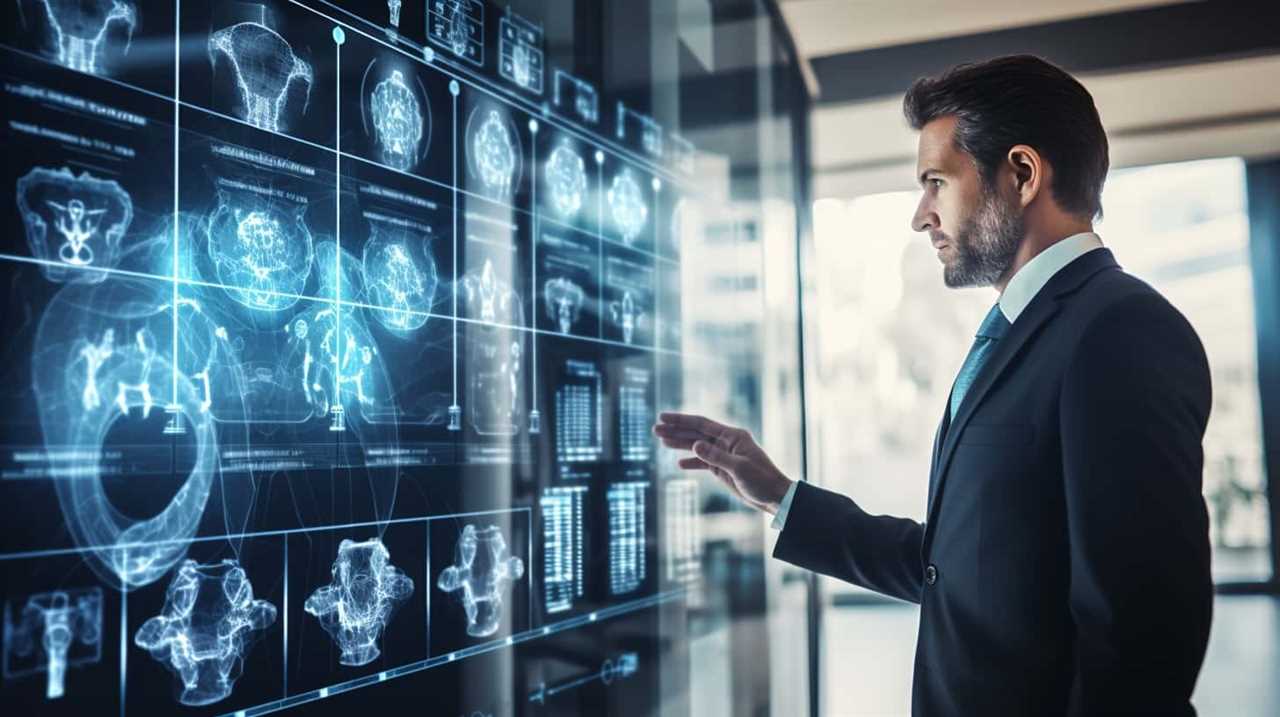
Additionally, software engineering skills are crucial for ensuring the quality and reliability of these tools. Proficiency in software engineering principles, such as version control, testing, and documentation, is necessary to build robust AI applications in bioinformatics.
Learning Opportunities for AI in Bioinformatics
After focusing on coding skills and software engineering expertise to bridge the gap between bioinformatics and AI, I’m excited to explore the various learning opportunities available for incorporating AI into bioinformatics.
Here are some of the ways to learn about AI in bioinformatics:
- Online learning platforms: Platforms like Coursera, edX, and Udacity offer accessible tutorials and courses specifically designed for learning AI in bioinformatics. These resources often include step-by-step videos and can be accessed for free.
- Practical applications: Learning AI in bioinformatics involves understanding its practical applications. By exploring real-world case studies and working on projects, bioinformaticians can gain hands-on experience and develop a deeper understanding of how AI can be used effectively in this field.
- Live and in-person learning opportunities: Organizations like EMBL-EBI offer live training sessions and in-person courses, providing individuals and groups with the chance to learn from experts and network with peers.
- Formal education, self-study, and practical experience: Becoming proficient in using AI in bioinformatics requires a combination of formal education, self-study, and practical experience. By combining these approaches, bioinformaticians can gain a comprehensive understanding of AI and its applications in bioinformatics.
Challenges and Considerations in Adopting AI in Bioinformatics
Transitioning into the subtopic of ‘Challenges and Considerations in Adopting AI in Bioinformatics’, I encountered several obstacles and important factors to consider when integrating AI into this field.

One significant challenge is data management. Many researchers lack the necessary skills to effectively handle and organize large volumes of data, which can hinder the adoption of AI in bioinformatics.
Additionally, overcoming bias in AI analysis is a critical consideration. AI algorithms are prone to biases that can affect the accuracy and reliability of their results. It’s essential to carefully evaluate AI’s decisions, test it with known solutions, and address bias and variation in image analysis through mindful example selection.
Training Opportunities
What training opportunities are available to supercharge my bioinformatics skills with AI?
- Online resources:
- Universities and platforms like Coursera, edX, and Udacity offer accessible tutorials and courses for learning AI in bioinformatics.
- These resources often include step-by-step videos and are either free or have affordable pricing options.
- Practical experience:
- Live and in-person learning opportunities, such as those offered by EMBL-EBI, provide hands-on training in AI for bioinformatics.
- These courses may include accommodation and catering for in-person attendees.
- Additionally, practical experience gained through self-study and formal education is crucial for becoming proficient in using AI in bioinformatics.
- Free online courses:
- The French government supports a free online course by scikit-learn, which takes approximately 35 hours to complete.
- This course provides a comprehensive introduction to AI in bioinformatics.
- Webinars and on-demand training:
- EMBL-EBI offers free course materials, on-demand training, and online webinars that cover various aspects of AI in bioinformatics.
- These resources are easily accessible and can be utilized at any time to enhance knowledge and skills.
Getting Started
To begin my journey into AI in bioinformatics, I started by exploring the available training opportunities and resources.
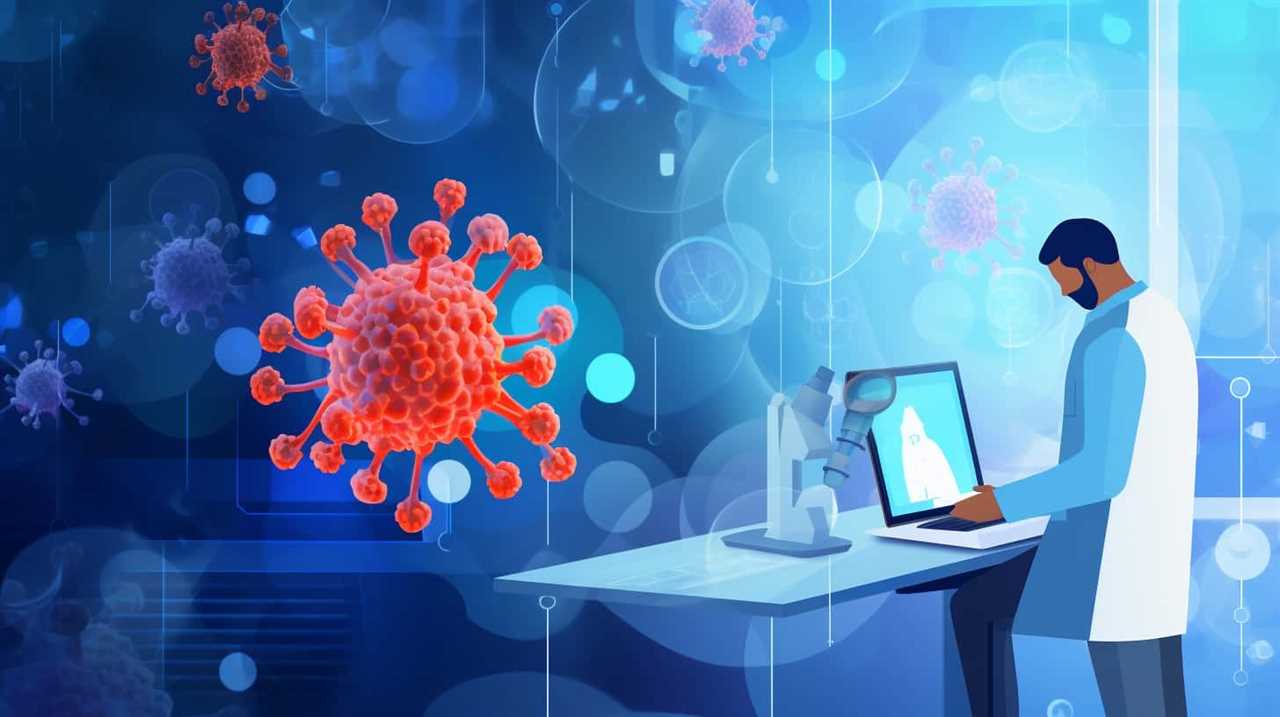
I discovered that there are various on-demand online courses and free online resources that provide a solid foundation in AI for bioinformatics. Platforms like Coursera, edX, and Udacity offer online tutorials and courses that are accessible to everyone.
These resources often include step-by-step videos and cover topics such as machine learning, deep learning, and data analysis. Additionally, EMBL-EBI offers free resources and on-demand online courses to everyone, making it easier to get started.
These training opportunities provide a convenient and flexible way to learn AI in bioinformatics, allowing individuals to enhance their skills at their own pace and convenience.
With these on-demand online courses and free online resources, anyone can take the first step towards supercharging their bioinformatics skills with AI.

Mitigating Limitations
After exploring the available training opportunities and resources, I’ll now address the limitations of AI in bioinformatics.
- Delegating decision making: AI can help overcome human limitations by delegating biological-image analysis to machines. This allows for unbiased decision-making and reduces the impact of human biases.
- Evaluating AI’s reasoning: It’s crucial to carefully evaluate the reasoning behind AI’s decisions. Understanding how AI arrived at a particular conclusion is essential for building trust and ensuring accurate results.
- Testing AI with known solutions: To maintain confidence in AI, it’s important to test it with tasks where the solution is already known. This helps verify the accuracy of AI’s predictions and identify any potential issues.
- Addressing bias and variation: Mindful selection of examples can help address bias and variation in image analysis. By including diverse and representative samples, we can improve the generalizability and reliability of AI algorithms.
Frequently Asked Questions
What Are Some Specific Examples of Ai-Based Tools Used in Bioinformatics for Image Analysis?
Some specific examples of AI-based tools used in bioinformatics for image analysis are CellProfiler, ilastik, QuPath, and CDeep3M. These tools automate image analyses, run machine-learning algorithms, and have user-friendly interfaces. They don’t require extensive coding expertise.
Data preprocessing is crucial in AI-based image analysis to ensure accurate and reliable results.
What Are Some Key Coding Skills That Bioinformaticians Interested in AI Should Focus On?
When it comes to coding skills for bioinformaticians interested in AI, there are a few key areas to focus on.
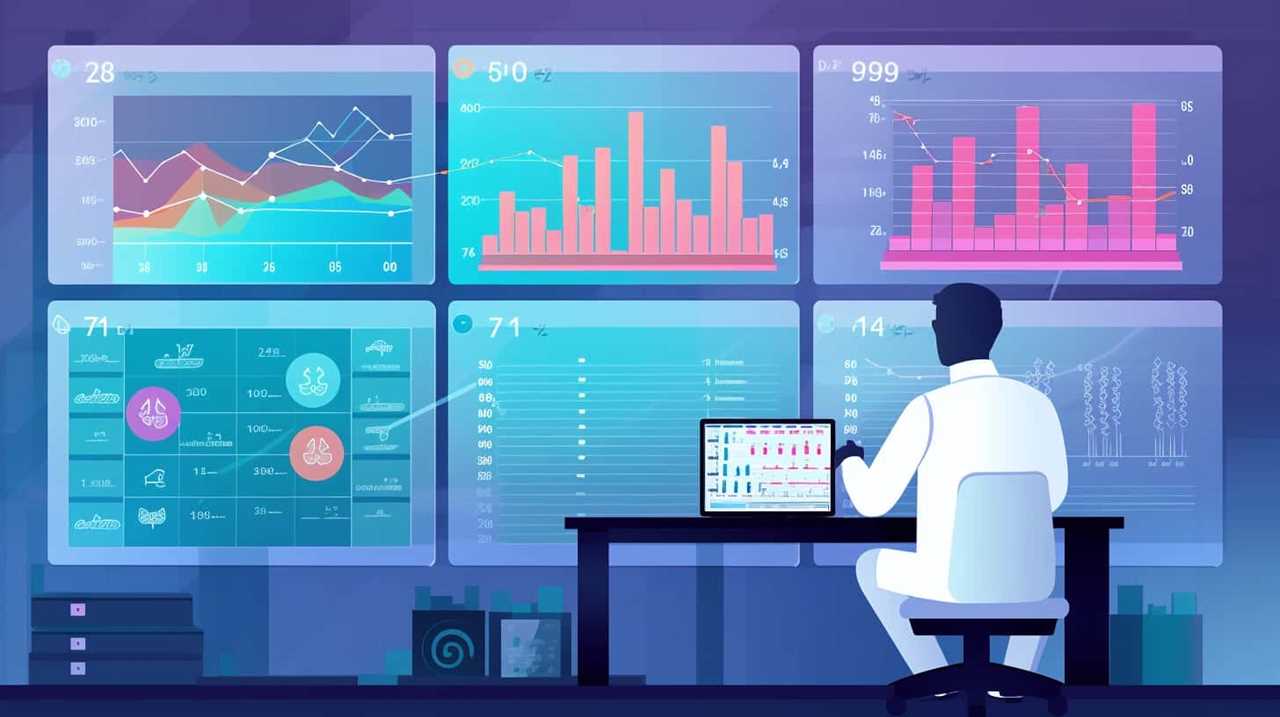
Firstly, mastering coding techniques, particularly in languages like Python, is essential.
Additionally, understanding machine learning algorithms and how they can be applied to bioinformatics is crucial.
Furthermore, having a solid foundation in software engineering and quality assurance will help in building reliable AI tools.
Lastly, investing in mathematics and statistics abilities will further advance a bioinformatician’s career in the field of AI.
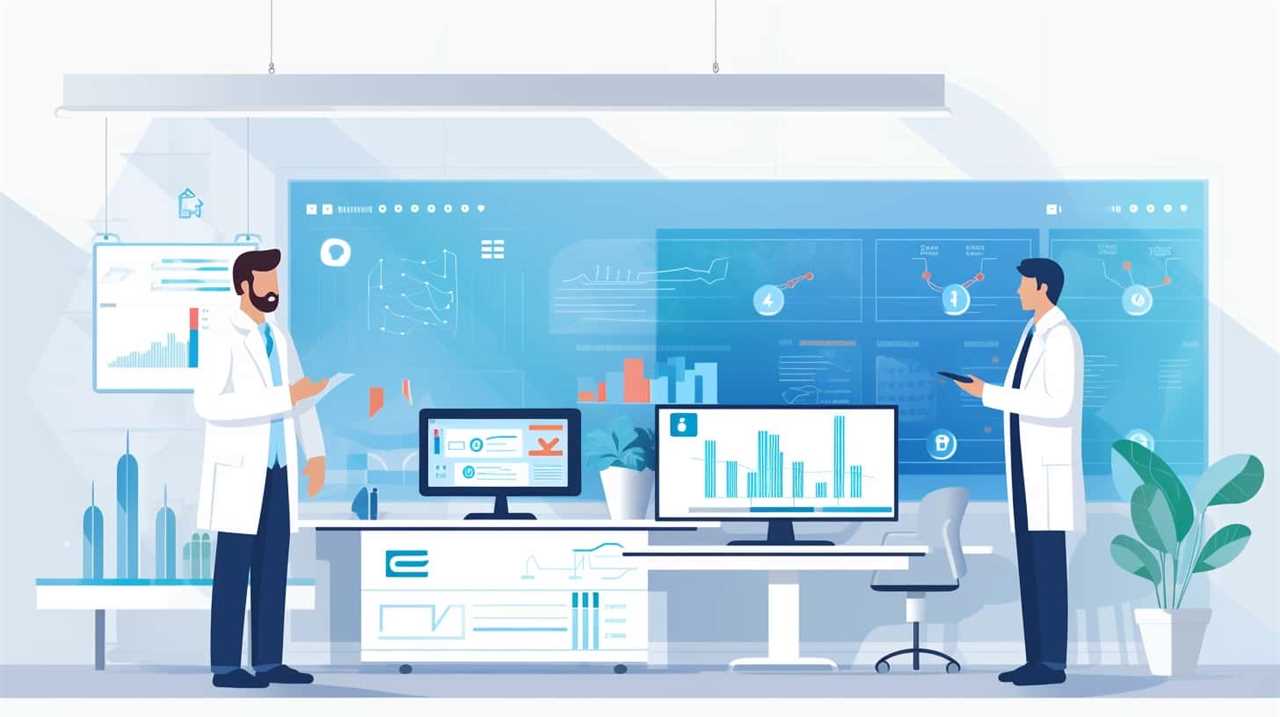
Are There Any Free or Accessible Learning Opportunities for AI in Bioinformatics?
Yes, there are numerous free online courses and accessible learning opportunities for AI in bioinformatics.
These resources provide a platform to gain knowledge and skills in AI applications in genomics.
Platforms like Coursera, edX, and Udacity offer online tutorials and courses, many of which are free and include step-by-step videos.
Additionally, organizations like EMBL-EBI provide free resources and on-demand online courses for everyone.

These opportunities are essential for bioinformaticians interested in AI to enhance their skills and stay updated with the latest developments in the field.
What Are Some Challenges or Limitations in Adopting AI in Bioinformatics?
Challenges and limitations in adopting AI in bioinformatics include researchers lacking data-management skills, limited resources for implementing AI tools, and the need for careful consideration and planning during the transition. However, those who embrace AI in bioinformatics experience accelerated workflows and targeted decision-making in data analysis.
Wider adoption of AI tools can greatly benefit the field of bioinformatics. Overcoming human limitations and biases, evaluating AI’s decisions, and addressing bias and variation in image analysis are important considerations.
How Can Researchers Mitigate Bias and Variation in Image Analysis When Using AI Tools?
To mitigate bias and variation in image analysis when using AI tools, researchers can employ several strategies.
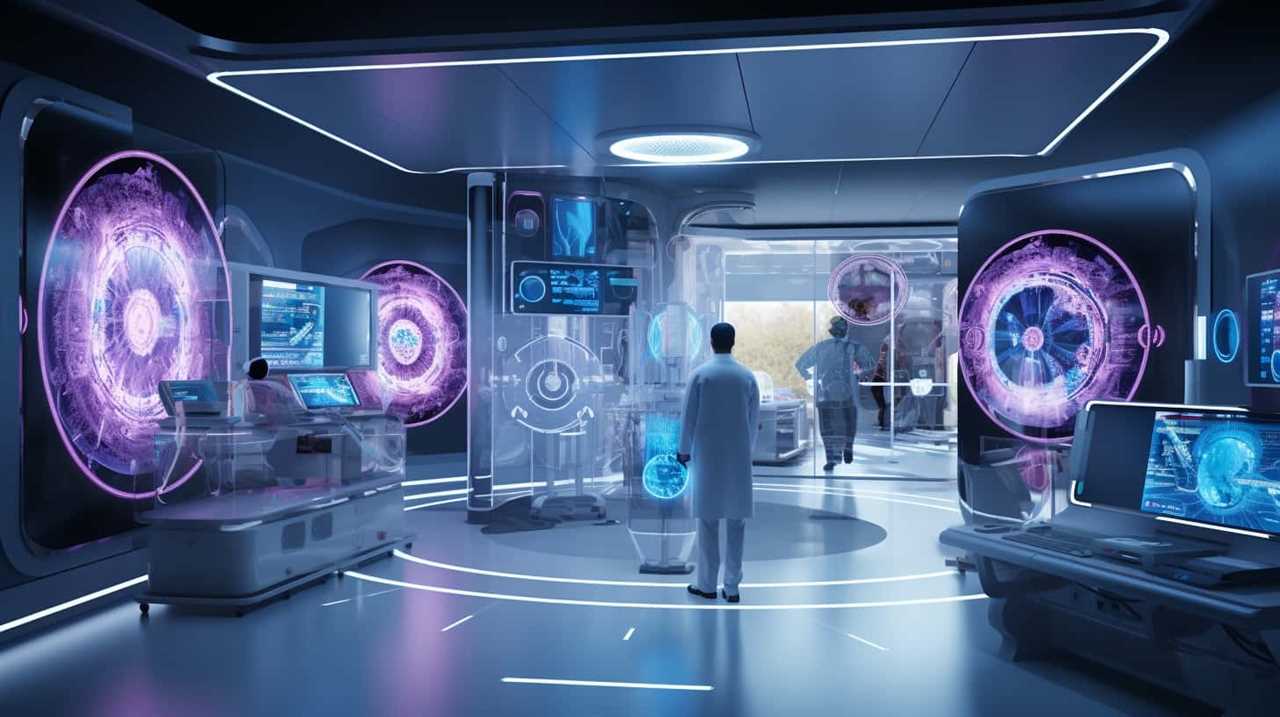
First, they can standardize the image analysis process by using carefully curated datasets and ensuring consistent preprocessing steps.
Additionally, researchers can validate AI models by comparing their predictions with known ground truth data or by conducting rigorous cross-validation experiments.
Regular model updates and retraining can also help address any biases or variations that may arise.
These approaches contribute to more reliable and accurate results in bioinformatics image analysis.
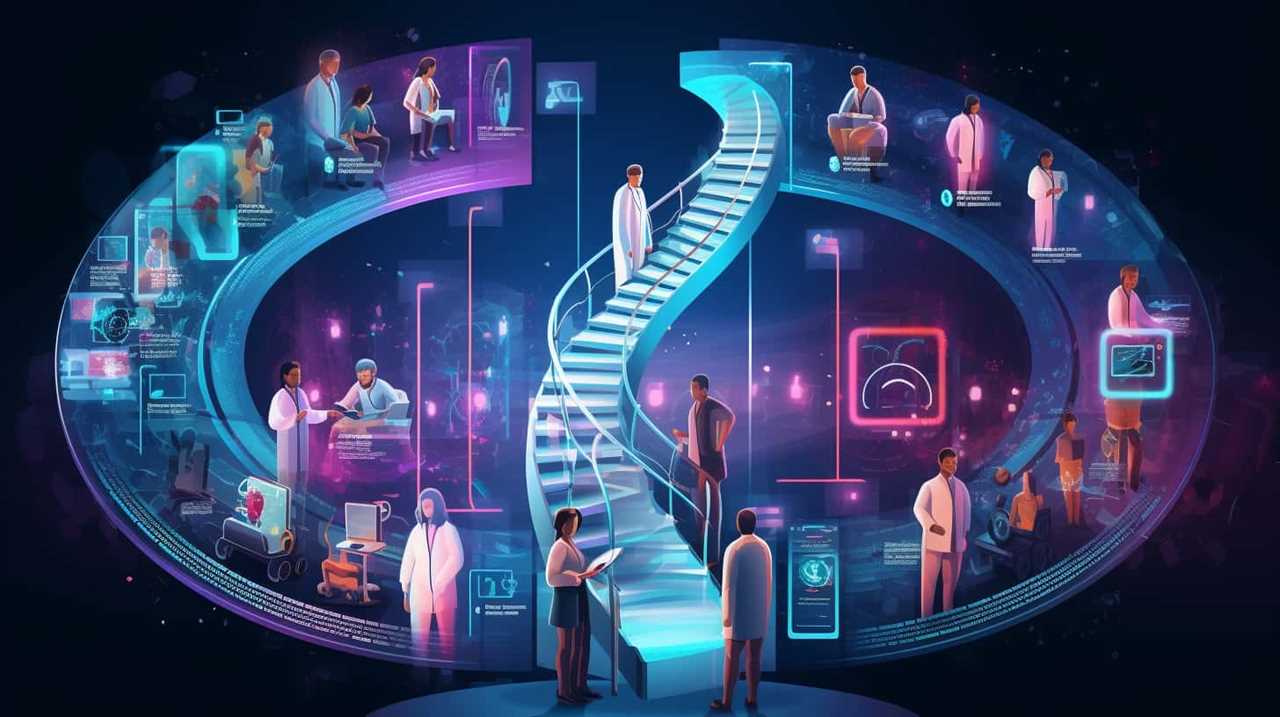
Conclusion
In conclusion, integrating AI into bioinformatics is an absolute game-changer. The benefits are immense, allowing for faster and more quantitative analysis of biological data, adaptive learning processes, and uncovering hidden patterns.
AI-based tools for image analysis are revolutionizing the way we reason with complex biological images.
By harnessing the power of AI, we can supercharge our bioinformatics skills and unlock groundbreaking insights in our research.
The future of bioinformatics is here, and AI is leading the way.
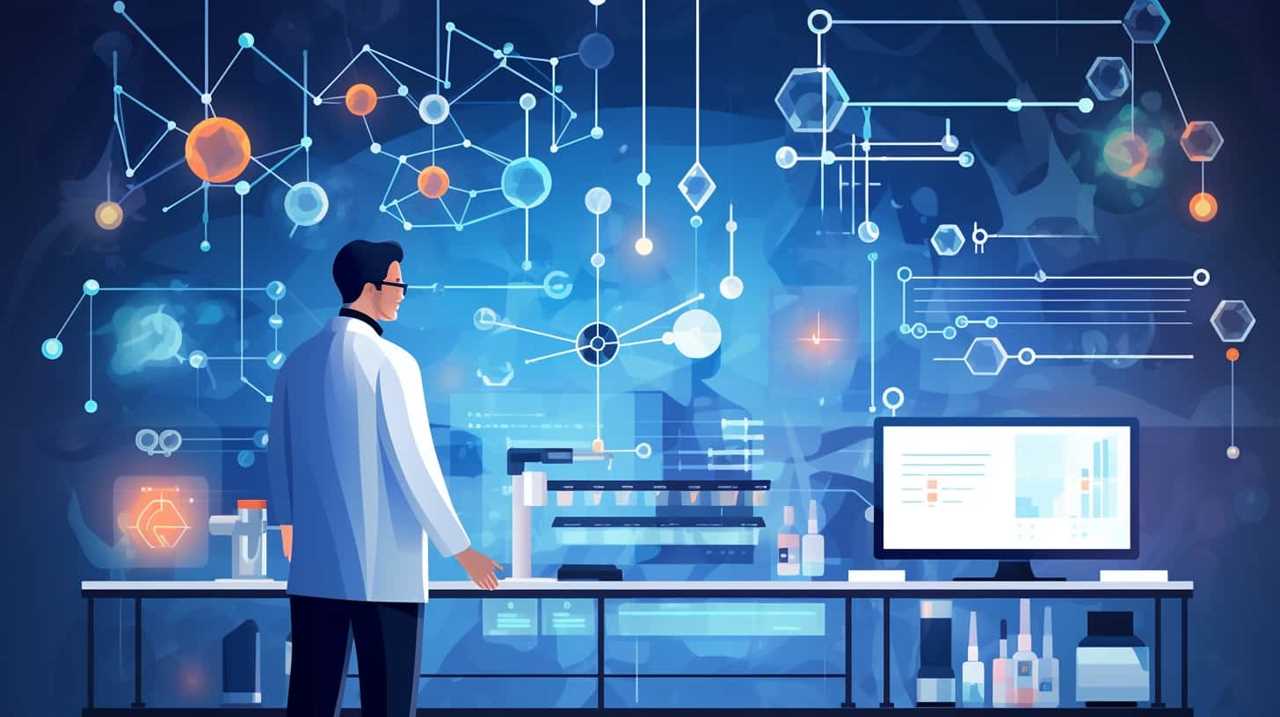
James is the quintessence of professionalism and authority in the business realm. With years of experience navigating the complexities of the corporate world, he brings an unparalleled depth of knowledge and insight to our team. James’s analytical skills and business acumen allow him to dissect and present news stories with clarity and precision, offering our readers a comprehensive understanding of the latest business trends and economic shifts.










